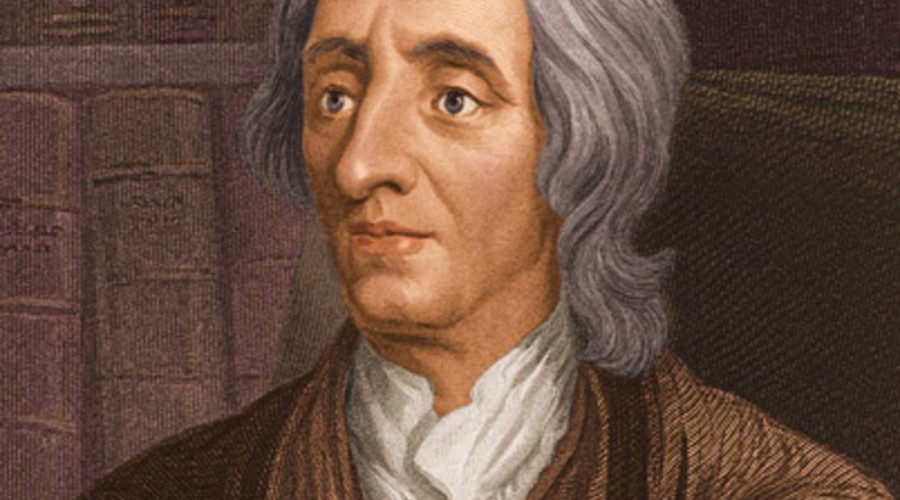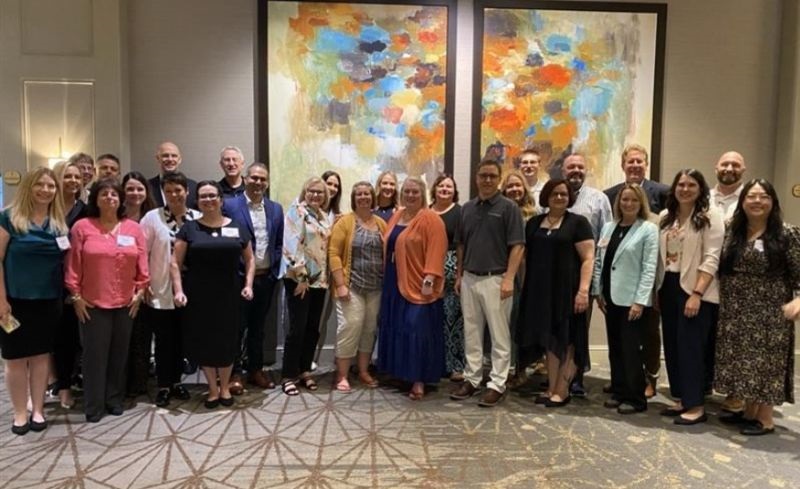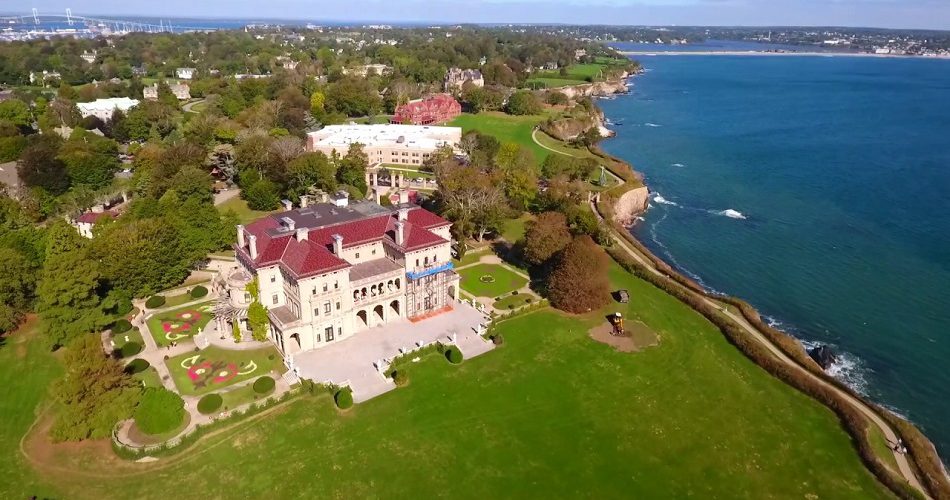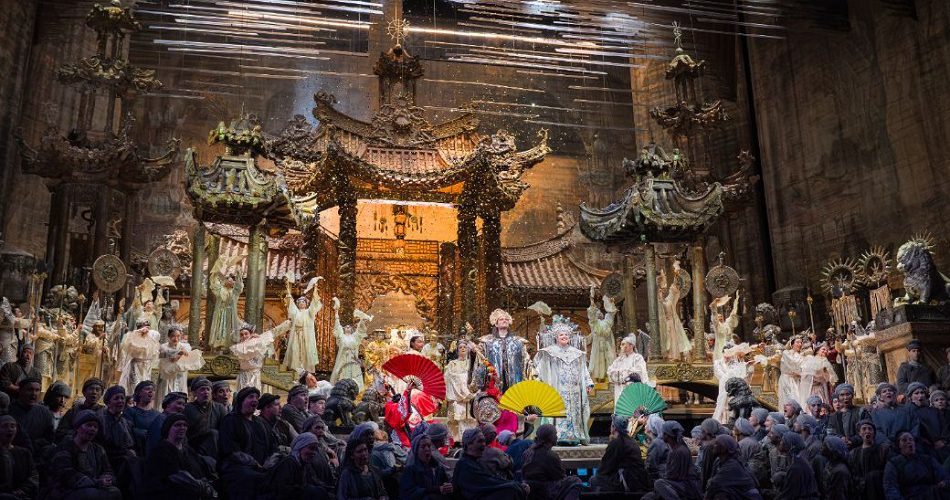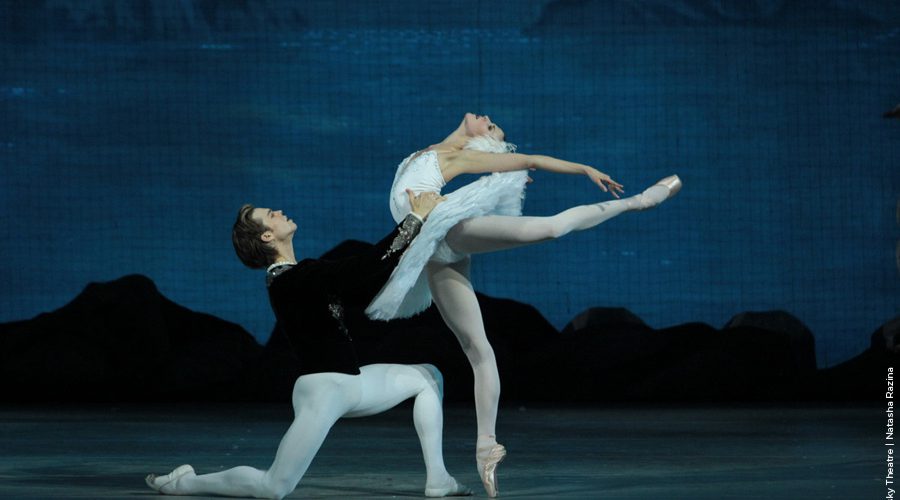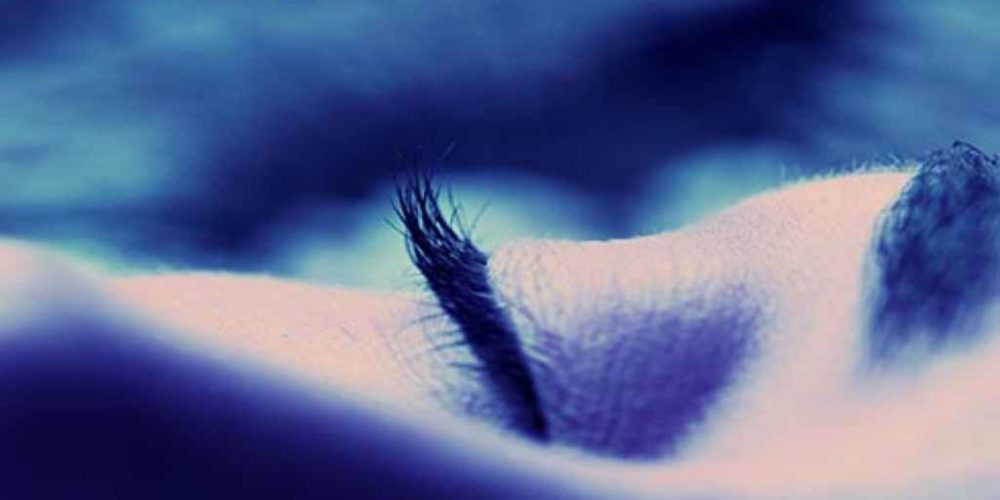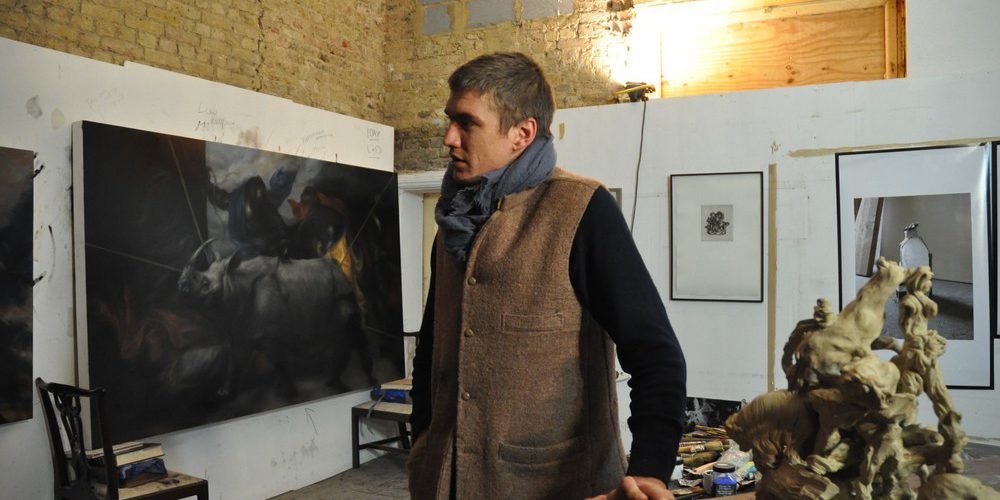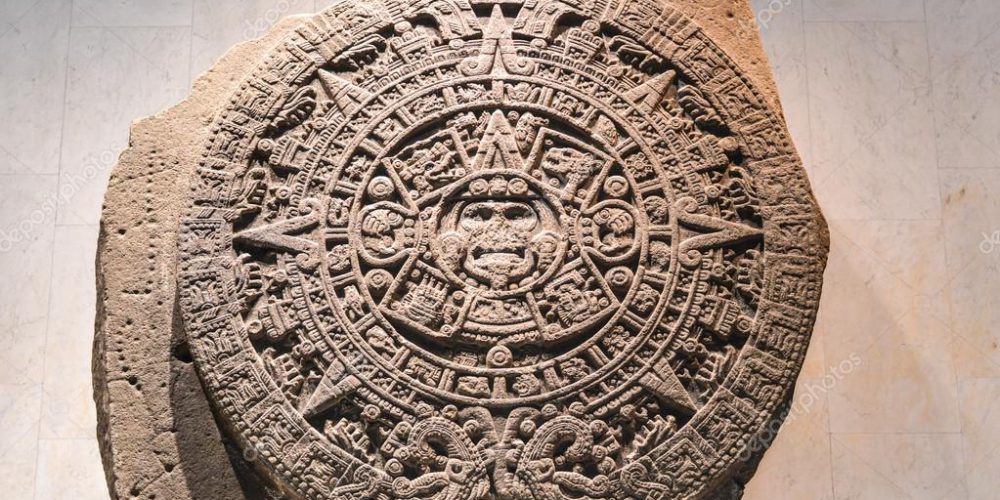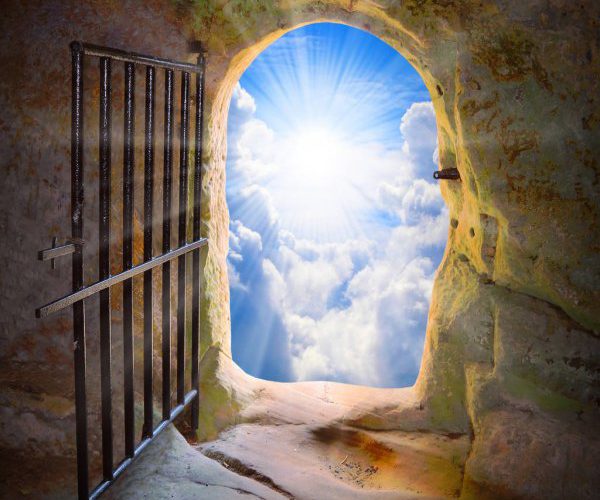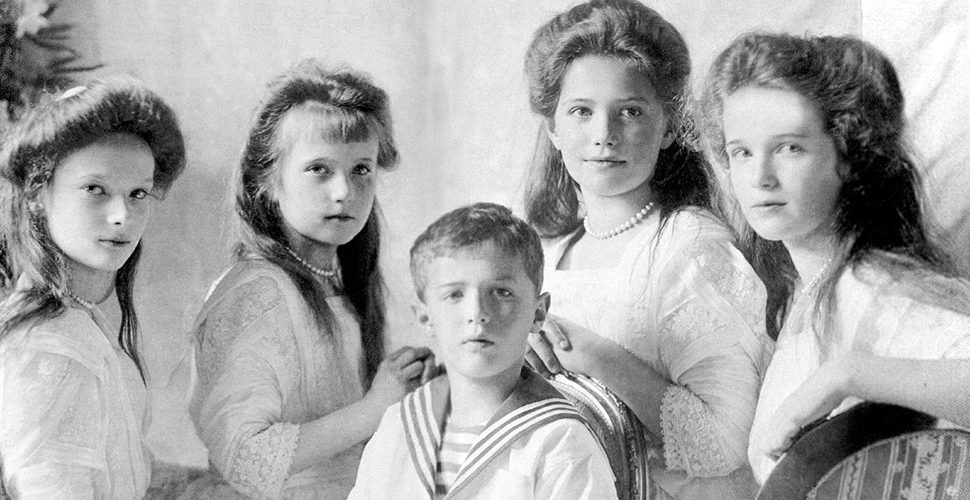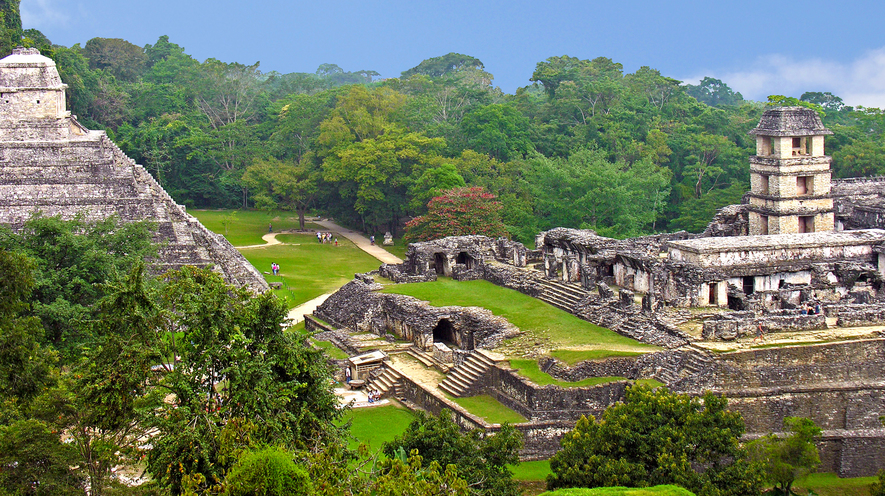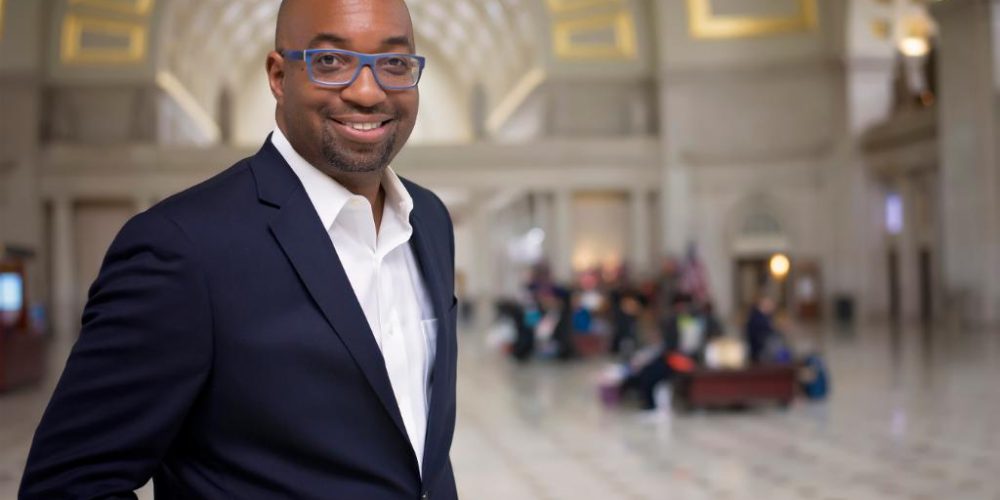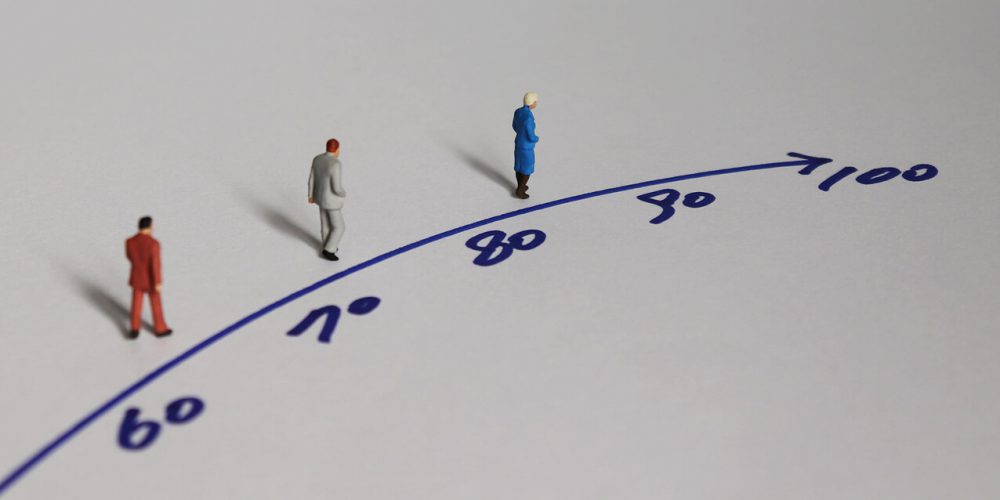Edgar Cayce, a legendary American prophet, whose words and deeds continue to inspire millions of people
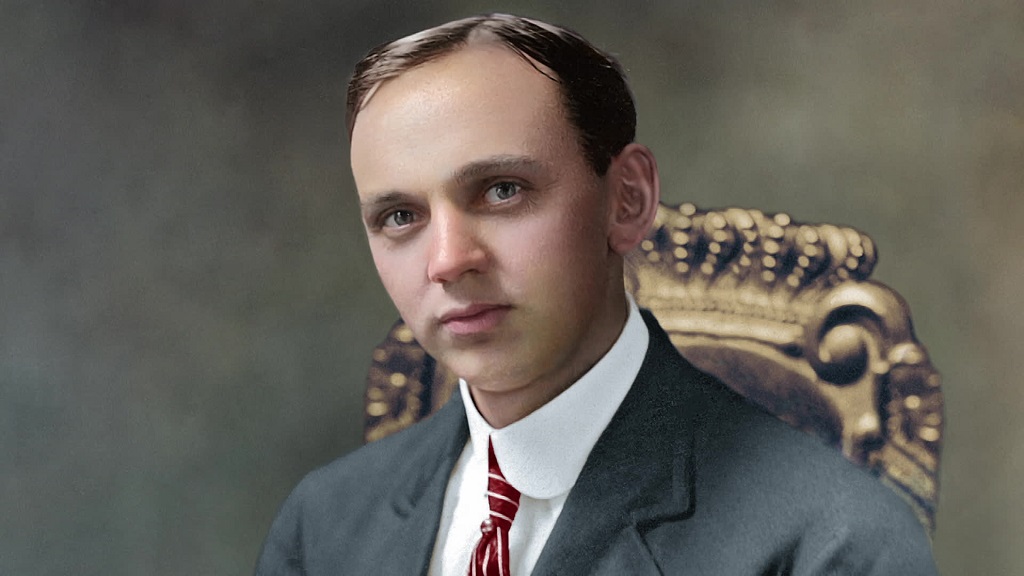
In autumn of 1910 The New York Times brought the first major national attention to the name of Edgar Cayce, a young man who later became known as the “father of holistic medicine” and the founding voice of alternative spirituality. The Sunday Times of October 9, 1910 profiled the Christian mystic and medical clairvoyant in an extensive article and photo spread: “Illiterate Man Becomes a Doctor When Hypnotized.”
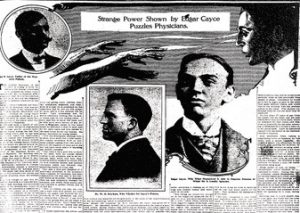
Contrary to news coverage, Cayce was not illiterate, but neither was he well educated. Although he taught Sunday school at his Disciples of Christ church – and read through the King James Bible at least once every year – he had never made it past the eighth grade of a rural schoolhouse. While his knowledge of Scripture was encyclopedic, Cayce’s reading tastes were otherwise limited.
It was this Edgar Cayce – an everyday man, dedicated Christian, and uneasy mystic – whom New England college student and future biographer Thomas Sugrue encountered in 1927.
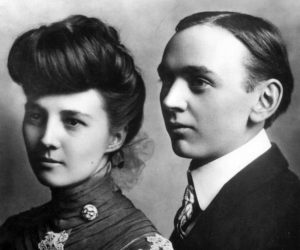
When Sugrue met Cayce, the twenty-year-old journalism student was not someone who frequented psychics or séance parlors. Sugrue was a dedicated Catholic who had considered joining the priesthood. As a student, Sugrue rolled his eyes at paranormal claims or talk of ESP. Yet Sugrue met a new friend at Washington and Lee University in Lexington, Virginia, who challenged his preconceptions: the psychic’s eldest son, Hugh Lynn Cayce. Sugrue grew intrigued by his new friend’s stories about his father – in particular the elder Cayce’s theory that one person’s subconscious mind could communicate with another’s.
Accompanying Hugh Lynn home in June 1927, Sugrue received a “life reading” from Cayce. Cayce correctly identified the young writer’s interest in the Middle East, a region where Sugrue later issued news reports on the founding of the modern state of Israel. Upon receiving an intimate and uncannily accurate medical reading, Sugrue became an all-out convert to Cayce’s psychical abilities.
Sugrue went on to fulfill his aim of becoming a journalist, writing from different parts of the world for publications including The New York Herald Tribune and The American Magazine. But his life remained interwoven with Cayce’s.
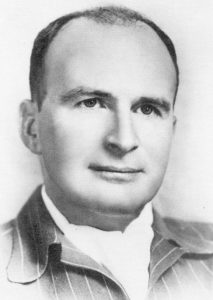
From 1939 to 1941, the ailing Sugrue lived with the Cayce family in Virginia Beach, writing and convalescing. During these years of close access to Cayce – Sugrue completed There Is a River, the sole biography written of Cayce during his lifetime, now available in a new edition. When the book first appeared in 1942 it brought Cayce national attention that surpassed even the earlier Times coverage.
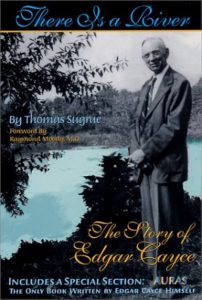
Sugrue was not Cayce’s only enthusiast within the world of American letters. There Is a River broke through the skeptical wall of New York publishing thanks to a reputable editor, William Sloane, of Holt, Rinehart & Winston, who experienced his own brush with the Cayce readings.
Many literary journalists and historians since Sugrue have traced Cayce’s life. Journalist and documentarian Sidney D. Kirkpatrick wrote the landmark record of Cayce in his 2000 biography Edgar Cayce. Historian K. Paul Johnson crafted a deeply balanced and meticulous scholarly analysis of Cayce with the 1998 Edgar Cayce in Context. And the intrepid scholar of religion Harmon Bro “who spent nine months in Cayce’s company toward the end of the psychic’s life” produced insightful studies of Cayce as a Christian mystic in his 1955 University of Chicago doctoral thesis (a groundbreaking work of modern scholarship on an occult subject) and later in the 1989 biography Seer Out of Season. Margueritte Bro was a pioneering female journalist in the first half of the twentieth century who brought Cayce national attention in her 1943 profile in Coronet magazine: “Miracle Man of Virginia Beach.” California journalist Jess Stearn further ramped up interest in Cayce with his 1967 best seller, Edgar Cayce, The Sleeping Prophet.
There exist many other works on Cayce. It would take several paragraphs to appreciate the best of them. But it was Sugrue, an accomplished print journalist who worked and convalesced with Cayce for several years, who fully – and this word is chosen carefully – captured Cayce’s goodness.
Sugrue’s historical Edgar Cayce is the man who grew from being an awkward, soft-voiced adolescent to a national figure who never quite knew how to manage his fame – and less so how to manage money, often foregoing or deferring his usual $20 fee for readings, leaving himself and his family in a perpetual state of financial precariousness. In a typical letter from 1940, Cayce replied to a blind laborer who asked about paying in installments: “You may take care of the [fee] any way convenient to your self – please know one is not prohibited from having a reading . . . because they haven’t money. If this information is of a divine source it can’t be sold, if it isn’t then it isn’t worth any thing.”
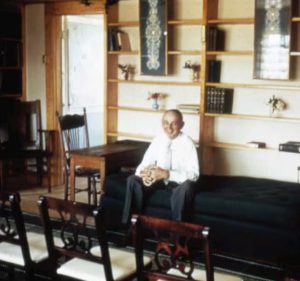
Sugrue also captured Cayce as a figure of deep Christian faith struggling to come to terms with the occult concepts that ran through his readings beginning in the early 1920s. This material extended to numerology, astrology, crystal gazing, modern prophecies, reincarnation, karma, and the story of mythical civilizations, including Atlantis and prehistoric Egypt. The spiritual ideas running through Cayce’s readings, combined with his own intrepid study of Scripture, supplied the basis for a universal approach to religion, which, in various ways, also spread across American culture.
Sugrue captures this especially well in chapter fifteen, which recounts Cayce’s metaphysical explorations with an Ohio printer and Theosophist named Arthur Lammers. Cayce’s collaboration with Lammers, which began in the autumn of 1923 in Selma, Alabama, marked a turn in Cayce’s career from medical clairvoyant to esoteric philosopher. “The body is only the vehicle ever of that spirit and soul that waft through all times and ever remain the same.” Such phrases of Cayce were for Lammers the golden key to the mysteries: a theory of eternal recurrence, or reincarnation, that identified man’s destiny as inner refinement through karmic cycles of rebirth, then reintegration with the source of Creation. This, the printer believed, was the hidden truth behind the Scriptural injunction to be “born again” so as to “enter the kingdom of Heaven.”
The religious ideas that emerged from Cayce’s readings did articulate a compelling theology. Cayce’s teachings sought to marry a Christian moral outlook with the cycles of karma and reincarnation central to Hindu and Buddhist ways of thought, as well as the Hermetic concept of man as an extension of the Divine. Cayce’s references elsewhere to the causative powers of the mind – “the spiritual is the LIFE; the mental is the BUILDER; the physical is the RESULT” – melded his cosmic philosophy with tenets of New Thought, Christian Science, and mental healing. If there was an inner philosophy unifying the world’s religions, Cayce came as close as any modern person in defining it.
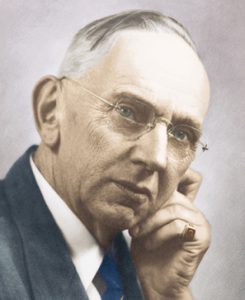
Cayce’s “Source”
Religious traditionalists could rightly object: Just where are Cayce’s “insights” coming from? Are they the product of a Higher Power or merely the overactive imagination of a religious outlier?
Casey described how he received his extraordinary gift. “Well, one night, at age thirteen or fourteen, I knelt by my bed, and prayed for the ability to help others.” He prayed that he might be able to do something for the other fellow, to aid others in understanding themselves, and especially to aid children in their ills. He had a vision one day which convinced him that his prayer had been heard and answered. Just before drifting to sleep, Cayce recalled, a glorious light filled the room and a feminine apparition appeared at the foot of his bed telling him: “Thy prayers are heard. You will have your wish. Remain faithful. Be true to yourself. Help the sick, the afflicted.”
“As a matter of fact, there would seem to be not only one, but several sources of information that I tap when in this sleep condition,” he said. “One source is, apparently, the recording that an individual or entity makes in all its experiences through what we call time. The sum-total of the experiences of that soul is “written,” so to speak, in the subconscious of that individual as well as in what is known as the Akashic records. Anyone may read these records if he can attune himself properly.”
Sugrue provided an irreplaceable record of Cayce’s development as a spiritual messenger and pioneer. The biographer captured the seer as the person who Cayce himself said he was: An ordinary man who struggled with his apparent psychical abilities and the universal religious ideas that travelled through him. But Sugrue’s work accomplished more than just that. His portrait of Cayce, in its own right, became a formative document of the dawning new spirituality. In exploring Cayce’s career, Sugrue highlighted and popularized core themes from the Cayce readings “including pastlife experiences, alternative medical treatments, the imperative of the individual spiritual search, and the idea of religion as a practical source of healing.
Cayce’s Legacy
Cayce gave an estimated 22,000 readings during a period of 43 years (1901 to 1944), but until September 1923 they were not systematically preserved. Accordingly, only about 14,000 Cayce readings are currently available. When Gladys Davis became Cayce’s secretary on September 10, 1923, only then were all readings preserved.
Someone once thought to ask the sleeping Cayce where he was getting his information. He gave two sources that his mind succeeded in tapping. One was the unconscious or subconscious mind of the subject himself; the other was what was called the universal memory of nature – something akin to Carl Jung’s Collective Unconscious, or the Akashic Records. Thus, Cayce eventually believed that it was his subconscious mind exploring the dream realm, where minds were timelessly connected. When asked how to become psychic, Cayce’s advice was to become more spiritual.
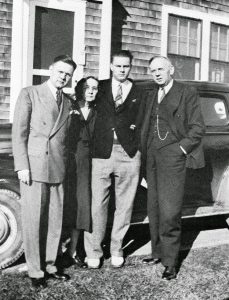
Reflections in Cayce’s Readings
According to Cayce’s readings, we live in an orderly universe that is governed by universal laws. Humanity has a purposeful place in this universe, and there is a plan for us as souls: to bring the qualities of spiritual life into the material world consciously. That plan requires that we make proper use of two great gifts that God has given each of us: a creative mind and free will.
Cayce emphasized in his readings the importance of staying healthy with careful, consistent application of certain fundamental principles, among them the need for balance, and an awareness of the creative power of our attitudes and emotions in shaping the condition of our physical body. Healthy living also means having positive, supportive, and loving relationships with other people.
He also pointed out that we need to understand that the various systems of the physical body – the nervous system, the circulatory system, the endocrine system, and the internal organs – are interconnected profoundly. A disorder in one system can cause problems in another; achieving balance and harmony in one system can benefit the others. We also must remember that each of us is made up of a body, a mind, and a spirit that are interconnected. For healing to be total and lasting, we need to work on integrating all three aspects of ourselves.
In his readings, Cayce pointed out that a succession of lifetimes makes it possible for the soul to move towards oneness with God while taking responsibility for its choices. Karma is more than debts to be paid; it is a matter of soul memory, even memory stored in the unconscious mind. We tend to repeat old patterns until our free will consciously decides to create new patterns of thinking, feeling, and acting.
It is not important to remember details of past lives but to focus on the challenges and opportunities in our current lifetime, employing reincarnation as a tool for understanding how and why everything happens for a reason. In addition, for each lifetime the soul comes into the material world it has a mission that includes work to help transform itself for the better as well as work that transforms the world for the better. Finding and using the soul’s talents through self-study is the key.
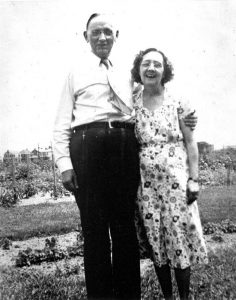
Cayce’s approach to the soul and spirit demands that we take responsibility for our own lives. Often, the circumstances in which we find ourselves are of our own making, sometimes stretching to previous lives.
Like Theosophy, Cayce’s premise was that there are two sides to us: The personality (familiar identity) and the individuality (the authentic self). Healthy living requires that we learn to forge a deeper connection to our individuality, and the process begins by paying attention to our purposes, intentions, and ideals. Two disciplines support this work: meditation (listening to the divine within) and self-analysis through dream interpretations.
Soul development involves maturing into a certain way of being in life: present, patient, helpful, loving. It is learning how to put aside one’s personality and willfulness and instead awaken to one’s individuality and willingness to serve God.
The Essence of the Cayce Philosophy
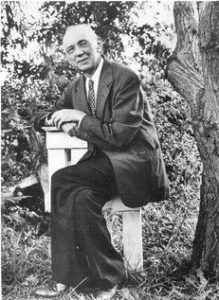
1) Everything is connected – all is one: Once we perceive this unity it is our challenge to apply this understanding as practical mystics.
2) Life is purposeful: Each of us is born with a personal mission, a “soul-purpose.” There is an aspect of service to soul-purpose.
3) Life is meant to be a search for the truth; it is research in the broadest sense of the word.
4) Be noncompetitive: show compassion: Nothing takes us away quicker from the sense of oneness, and therefore from our soul-purpose than the drive for competitiveness.
Compassion is the capacity to be present for another person and experience how we are all really the same. It is a matter of feeling with another person, not taking responsibility for that person but being responsible and responsive to that person.
5) Take responsibility for yourself: Help is available but no one else can fix things for us. Ultimately each soul is accountable for itself. The principle of self-responsibility is a cornerstone of Cayce’s recommendations.
6) Look ahead rather than back: The present and the future cannot be understood outside the context of the past but in essence, he was saying to always look ahead and never back and understand that you are going to come back again. We should make choices that will help create the best possible results in the next lifetime.
7) Changing anything starts with an ideal: Motives, purposes, and ideals are the center of Cayce’s psychology. If we want to change anything in life, we must start at the motivational level.
9) Success cannot be measured by material standards: Measuring success, especially in terms of one’s soul, is elusive because we cannot use the same standards for measuring internal and external life.
10) Evil is real and comes in many forms. The soul is called to learn to discern evil, fight it, and defeat it.
11) Courage is essential to any spiritual growth: High aspirations and ideals are not enough; we must do something with them.
By Alex Arlander | ENC News

